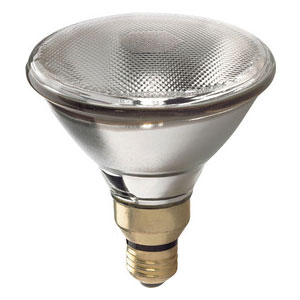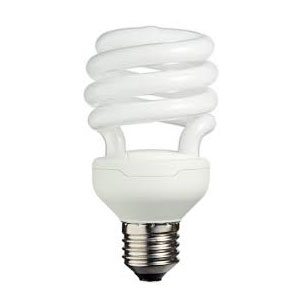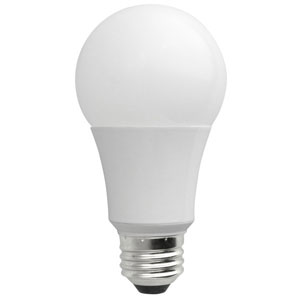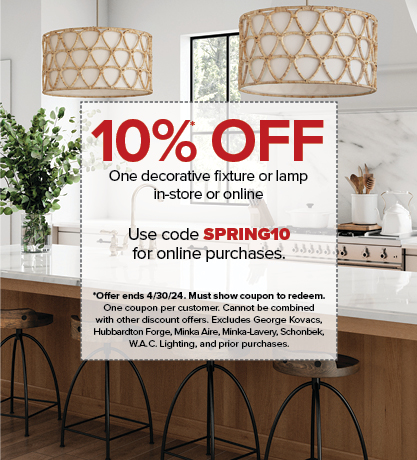Smart Facts
Lighting uses approximately 12% of the average households energy bill. So It’s simple, use less electricity and you will save energy. But with so many choices out there, it can be confusing as to which is the best fit for you. There are three main types of energy efficient light bulbs–Halogen Incandescents, CFLs and LEDs.
Halogen Incandescents
Although these look like traditional incandescent bulbs, they use approximately 25% – 30% less electricity and can last up to three times longer. The light emitted is similar to the warm glow of traditional bulbs. They are also dimmable like traditional light bulbs and similar in shape and size. Halogen incandescents are an easy switch from traditional incandescent bulbs however are less efficient and have a shorter life than CFLs and LEDs.

CFLs
Compact Fluorescent Lamps use approximately 75% less electricity and lasts about ten times longer than traditional light bulbs. They produce about 75% less heat contributing to cutting energy in home cooling. There are different kelvin temperatures- warm or cool color. Drawbacks of fluorescent are that it does not dim well and it is not an instant on. They are also larger and different shapes than traditional bulbs making it difficult to fit in some existing fixtures and decorative lamps.

LEDs
Light-Emitting Diodes are the most popular choice in energy efficient lighting. LEDs produce the same amount of light as incandescents (called “lumens”) but use ten times less energy. LED bulbs last from 25,000 hours to 50,000 hours vs. incandescent bulbs lasting only about 2000 hours. They come in different color temperatures- warm and cool and most are dimmable similar to traditional incandescent bulbs. LEDs although relatively new has come a long way. You can now find bulbs in the same shape and size of all your traditional bulbs- from candelabra to “A” lamps to reflector lamps (even night lights!). We know LEDs to be the best choice for energy smart lighting for your home and business.

Lumens vs. Wattage
The traditional way we understand the brightness of a light is measured by Wattage. Lumens is a different way to measure light.
Watts measure the amount of energy required to light a product. Lumens measure the amount of light produced. The more lumens in a light bulb, the brighter the light. For example:
• 40-watt incandescent bulb = 450 lumens
• 60-watt incandescent bulb = 800 lumens
• 100-watt incandescent bulb = 1600 lumens
With new light bulbs, shopping by lumens will be more important than shopping by watts when choosing which energy-efficient bulb to purchase.
To help consumers purchase energy-efficient bulbs you will find a new label on the package that resembles a nutrition label. This
label makes it easier for you to understand which bulb is right for you. Some information you will find on the label includes:
- Brightness
- Estimated Year Energy Cost
- Life-expectancy of the bulb
- Light appearance (warm or cool)
- Energy used


